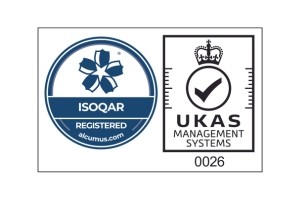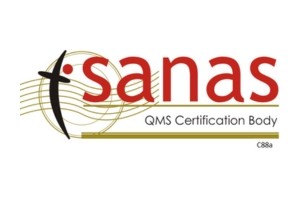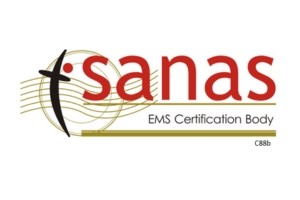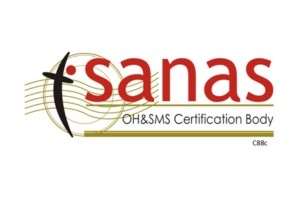There are six (6) implementable clauses within ISO 45001:2018
Occupational Health and Safety Management Standard.
ISO 14001:2015 Environmental Management Systems – requirements with guidance for use
There are a number of reasons why an organisation chooses to implement an environmental management system. These reasons include:
- To demonstrate management commitment;
- Responding to pressure from interested parties (stakeholders);
- Acting in a socially responsible manner;
- Reducing the risk of prosecution;
- To meet regulatory requirements including permits.
This series of blogs aims to assist you to understand the requirements of ISO 14001:2015.

Clause 6.0 Planning
ISO 14001:2015 Clause 6 Planning ensures the organization has the building blocks in place to determine that the EMS can achieve its intended outcome(s) through inclusion of specific requirements around risk identification and analysis. This builds on and extends existing practice related to ISO 14001:2004’s requirements about the identification and evaluation of aspects and impacts. However, even here, the extent of the required working practice changes depends on the nature and extent of existing evaluation techniques.
ISO 14001:2015 identifies three possible sources that present risks and opportunities to the business
1) environmental aspects,
2) compliance obligations and
3) issues and requirements from the context review.
One of these is the new requirement that the organization determine the risks and opportunities that need to be addressed to give assurance that the environmental management system can achieve its intended outcomes so as to prevent, or reduce, undesired effects, including the potential for environmental external conditions to affect the organization; and achieve continual improvement.

6.1: Actions to address risks and opportunities
Planning is integral to all elements of an environmental management system.
Planning should be a collaborative effort. Involving personnel from different levels and functions sends the message that environmental performance is the responsibility and concern of all within the organization regardless of job title.
Planning for the environmental management system is an ongoing process and is undertaken in order:
- To determine the risks that can affect the environmental performance of the organization;
- To manage these risks;
- To identify opportunities to improve environmental performance and the environmental management system.
When planning for the environmental management system, the organization should take into account:
- The organization and its context (clause 4.1);
- The needs and expectations of interested parties (clause 4.2);
- The scope of the environmental management system (clause 4.3).
The organization must determine the risks and opportunities in relation to:
- Environmental aspects (clause 6.1.2);
- Compliance obligations (clause 6.1.3);
- The organization and its context (clause 4.1);
- The needs and expectations of interested parties (clause 4.2)
The organization must maintain documented information on:
- Risks and opportunities;
- The process and actions needed to determine and address its risks and opportunities to the extent necessary to have confidence that they are carried out as planned.

6.2 Environmental Objectives and Planning to Achieve Them
6.2.1 Environmental Objectives of ISO 14001:2015
6.2.1 is a sub clause stating that the organization must create environmental objectives that take into account the organization’s significant environmental aspects and its compliance obligations and consider the risks and opportunities.
When developing these objectives consider:
- technological options with finances
- operations
- business requirements

6.2.2 Planning Actions to Achieve Environmental Objectives ISO 14001: 2015
In addition to section 6.2, when planning the environmental objectives to integrate into the business processes, the organization must consider:
- What is going to be done;
- What resources will be necessary;
- Who will be responsible for the objectives;
- When the objectives will be completed;
- How to evaluate the results
Join our mailing list to receive upcoming posts: http://www.isoqar.co.za/





